Choosing the right sheet metal for your manufactured components is crucial in ensuring that your parts will perform optimally. To make sure you choose the correct sheet metal, it is important to consider factors such as material, size, design, and tolerance requirements as well as manufacturing and fabrication processes that the material will undergo.
Material and Size
There are many metal and alloy options to choose from when selecting a sheet metal material. To ensure that you choose the appropriate material for your particular needs, it is important to ask the following questions:
- What is the desired size of your component?
- How strong does your component need to be?
- Does the material need to be easy to work with in terms of weldability, ductility, tensile strength, and machinability?
- What is the budget for your project?
- Is your component going to be used in an application, such as automotive or aerospace, that requires an excellent strength-to-weight ratio?
Design and Tolerance
When choosing a sheet metal for your manufactured parts, it is necessary to consider design and tolerance requirements such as:
Wall thickness
- Bend allowance
- K-factor
- Orientation of holes and slots
Manufacturing Processes Utilized
The sheet metal you choose needs to be capable of withstanding the manufacturing processes that your component may undergo before completion. Some common manufacturing processes include:
Laser cutting. Laser cutting is ideal for precision designs with tolerances up to +/-0.005″.
- Waterjet cutting. Waterjet cutting uses a high-pressure jet of water containing abrasive particles to cut plates of metal up to 150mm thick.
- Bending forms the metal by applying stress along an axis with the use of V-bend dies, goose-neck dies, U-bend dies, or others, depending on the sheet metal bending design considerations.
- Machinists can form a hollow or curved surface by drawing the metal into a die using a mechanical punch.
- Annealing involves heating the metal to a specific temperature for a fixed period then cooling slowly to change the microstructure. Annealing softens and improves the machinability of metal and provides enhanced electrical conductivity.
Fabrication Processes
Fabrication involves finishing corners and closing gaps to enhance or maintain the shape and integrity of the finished product. Techniques like welding, riveting, and brazing join the metal, although the process used will depend on the component’s material.
Common welding techniques include:
- TIG welding. Tungsten inert gas, or TIG welding, does not use filler metal. Instead, it uses a tungsten electrode in an inert atmosphere of argon or helium to achieve a strong, high-quality, precise weld that is environmentally friendly.
- MIG welding. Metal inert gas, or MIG welding, is a cost-effective, fast, and clean option when compared to TIG welding. However, it is less reliable and more hazardous than TIG welding.
- Brazing is a joining method used for aluminum and brass components.
Knowing the differences between these processes is important as the one you choose will directly affect the final product as well as the cost.
Designing the Optimal Solution With Hudson Technologies
Hudson Technologies has a long history of partnering with companies to design high-performance metal components. We routinely work with design engineers to create everything from single prototypes to large-scale production runs. For more information on our capabilities, contact us today, and for more help on choosing the right sheet metal for your project, download our eBook, Choosing the Right Material.






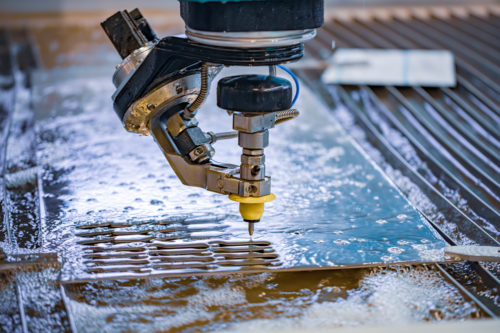 Wall thickness
Wall thickness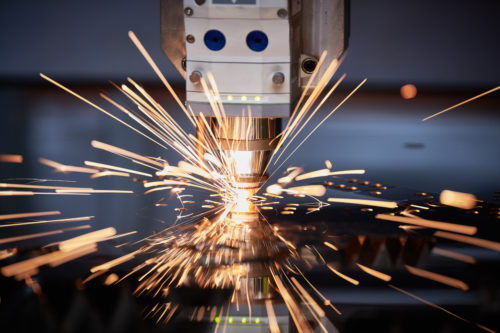 Laser cutting. Laser cutting is ideal for precision designs with tolerances up to +/-0.005″.
Laser cutting. Laser cutting is ideal for precision designs with tolerances up to +/-0.005″.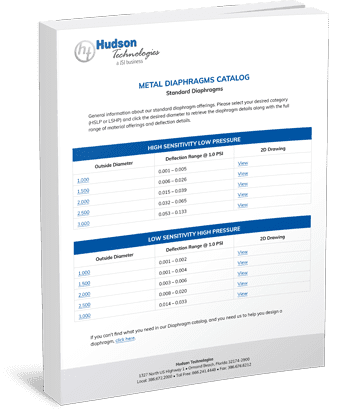
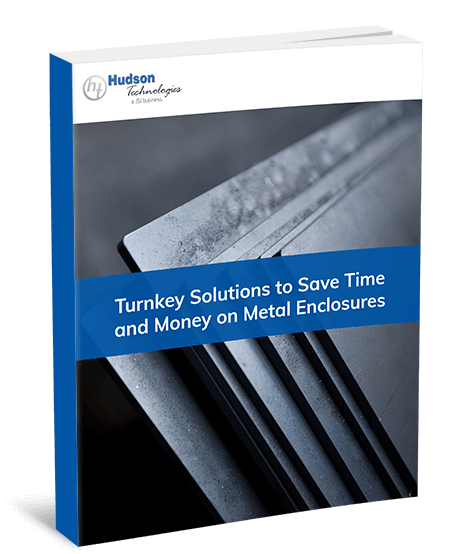

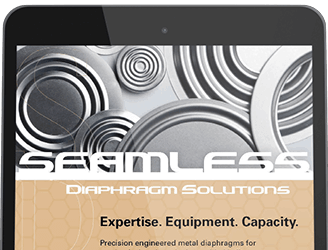
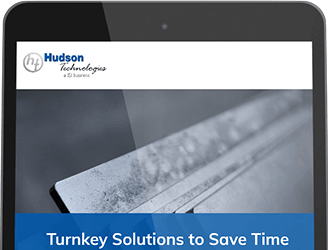
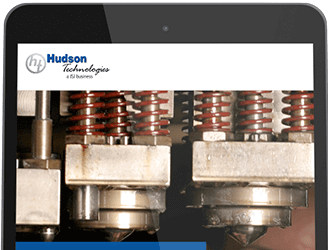




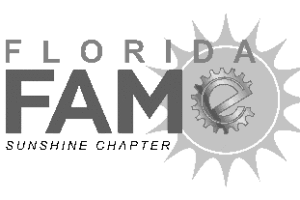

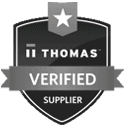

Leave a Reply